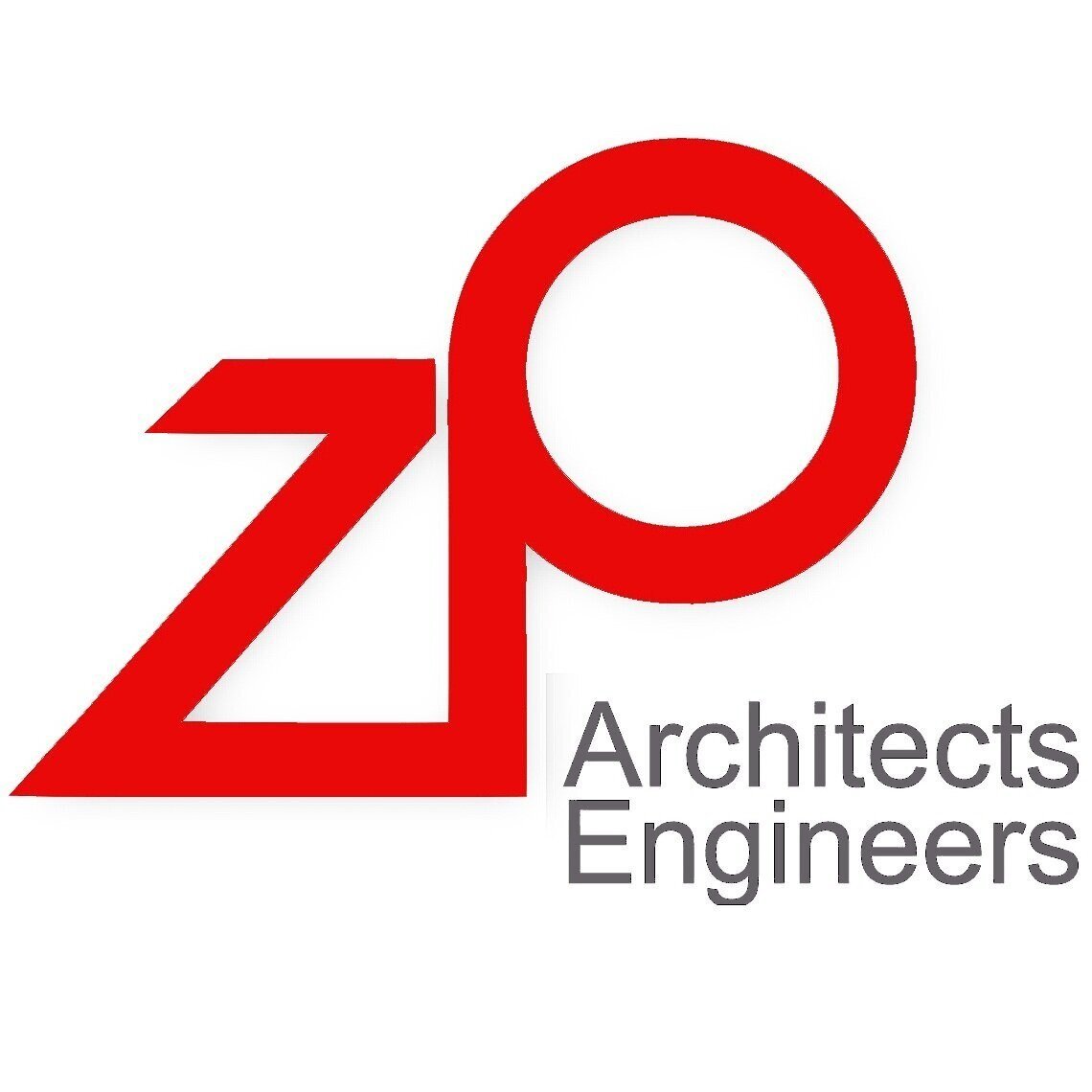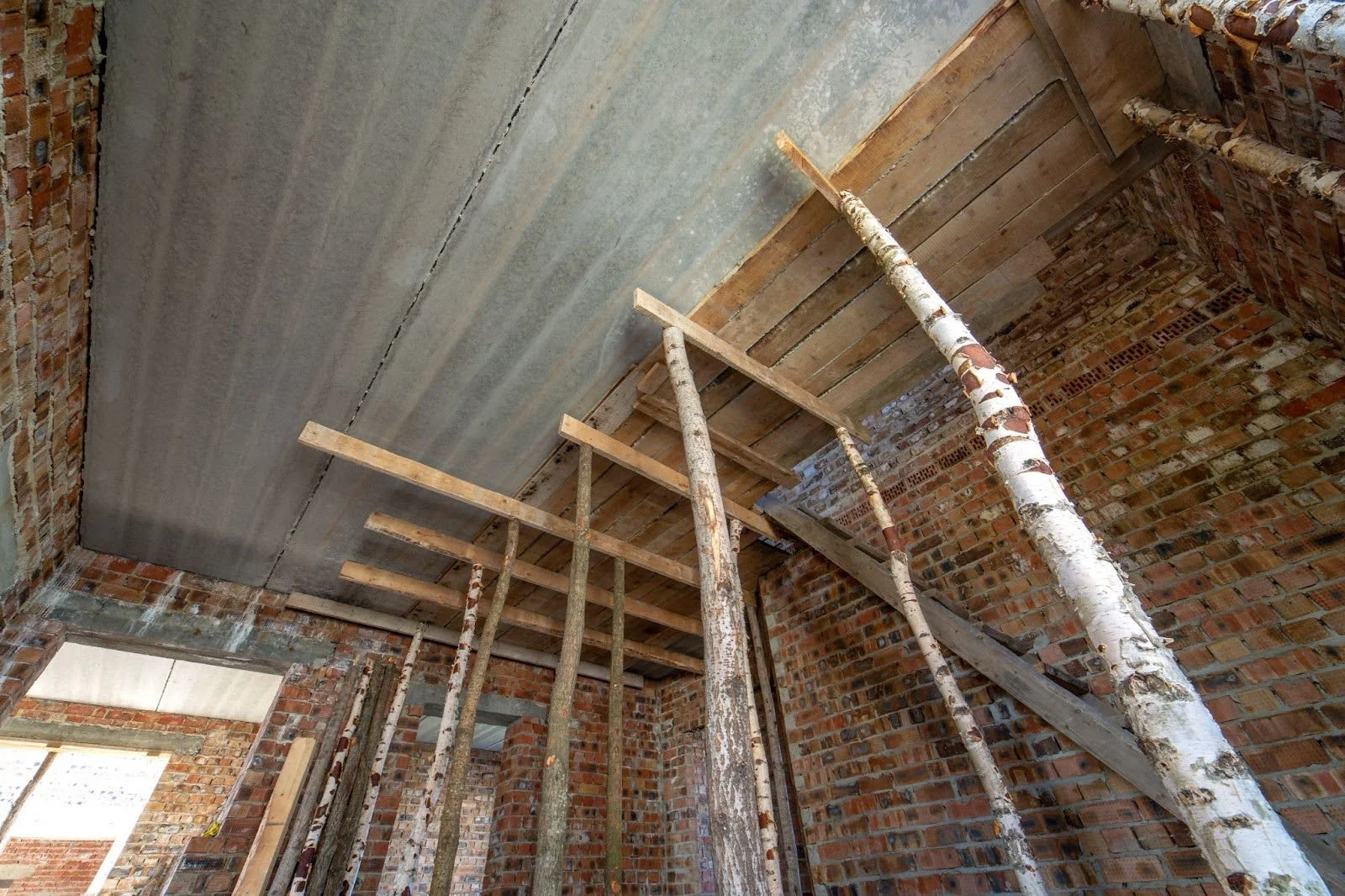Mastering Commercial Structural Inspections: A Comprehensive Guide
Mastering Commercial Structural Inspections: A Comprehensive Guide
Commercial structures are a significant investment. No doubt you want to make sure your investment can withstand the test of time and the forces of nature.
Doing an annual structural inspection will identify building system aging and allow problems to be addressed as maintenance repair issues — before they become an expensive replacement cost or a serious structural failure.
In this guide, we’ll unveil the critical components of a thorough structural engineer inspection and discuss the importance of this expertise in regard to the safety and longevity of commercial buildings.
Structural Inspection vs. General Building Inspection
A general building inspection only provides a broad property assessment and does not require a qualified structural engineer. It would include the property's assessed value, along with any potential problem areas within the building structure that may need attention.
A structural engineer inspection is much more in-depth and is completed by a professional engineer.
Typically, inspections are initially done through visual observation. However, complex jobs may involve using a software program to calculate the individual components' strengths and capabilities.
Existing structural systems are analyzed through:
Load capacity calculations
Use evaluation
Physical member spans
In addition, there can be material testing to determine material failure. The structural engineer report will include not only areas of concern but also a detailed repair plan to follow.
It’s important to note that this article will focus on the structural inspection of commercial real estate, not residential. A commercial structural engineer does much more than a general home inspection. Their scope of work entails commercial elements that must bear much larger loads.
Critical Components of a Structural Inspection
The structural components that need to be inspected during a commercial structural engineer inspection include:
Structural Integrity of Building Envelopes
The building envelope is a structure's first and foremost component that must be of utmost integrity. If any of these structural elements are weak or damaged, they will undoubtedly cause problems.
The building envelope is comprised of the following elements:
Foundation
Most problems are caused by water damage from poor drainage that damages the concrete foundation.
Additionally, some issues can occur due to concrete decay. Cracks can also be caused by settlement of the soil below. Other damage, such as chipping and shifting, can cause a slew of other issues.
A thorough foundation inspection is critical in assessing the strength and integrity of a commercial structure.
Beams and Columns
Another area that needs to be analyzed is the supporting beams and columns that maintain much of the load-bearing capabilities. Structural engineers will ensure these features are plumb and stable. Any sign of cracks or structural member displacement is a cause for concern. The same applies to the joists that run horizontally across the beams and the trusses that support the roof.
Load-Bearing Walls
Like the beams and columns, load-bearing walls are essential to the structure's support system. That’s why a close look at their sturdiness and checking for any signs of damage are included in a structural inspection.
Water Resistance
Water is one of the most damaging substances to structures. When water seeps into places where it doesn’t belong, it can affect any component if left unresolved.
That’s why a structural engineer will check all sources of water (inside and outside the building) to confirm there are no signs of leaks.
A thorough review of the roof and ceilings must be done to see if rainwater is finding its way inside.
The inspection also includes the foundation. Without proper stormwater drainage, water can pool around the foundation, damaging the concrete. This generally requires a visual inspection of the ground around the foundation walls.
Safety Components
Before commercial businesses can open their doors to the public, their building must have legally required safety components in good working order. A review of these features is included in a structural inspection:
The fire alarm and smoke detectors will be checked, as will the sprinkler systems. Fire extinguishers should be correctly placed and in good working order.
Emergency exit signs and an exit plan need to be clearly visible. The emergency lighting system will also be inspected.
First aid kits and equipment all need to be easily accessible.
Be sure to have emergency response access and reserved parking for first responders.
Inspection of the safety systems may not be a structural aspect per se, but it certainly helps to know you’ve met these critical requirements.
Interior Assessment
The structural engineer will inspect the interior of the building for structural soundness.
They’ll ensure the windows and doors are airtight and framed correctly. Any signs of sticky doors or windows that are difficult to open are a cause to look into the wall that encompasses them.
The structural integrity of the stairs will also be assessed. Damage here could cause disastrous consequences if not repaired.
The inspector will check the interior walls, floors, and ceilings for any irregularities, cracks, or structural weaknesses. Sloping floors are a sign of foundational issues and must be rectified.
Exterior Assessment
All components on the structure's exterior must also be looked over to ensure they aren’t in danger of causing damage.
The engineer will check the roof, including the trusses, to see if they have any leaks or weak spots. The roof needs to be strong enough to handle the potential snow wind loads that correspond to the region.
They’ll also study the gutters for blockages, leaks, or breaks. Although this would be a simple fix, they can cause more severe problems later if left unattended.
If the parking lot has any cracks, slumping, or deterioration, these will be added to the inspection report as red flags. These seemingly minor issues can cause larger problems if a customer damages their vehicle.
The slope and water drainage of the property are also essential components to review. The inspector must ensure there is no pooling that could cause water damage in the event of a heavy rain storm.
Rectifying these drainage issues should be a high priority for property owners who want to maintain the structural integrity of their buildings.
MEPS
The HVAC system will be checked to see if it is functional, clean, energy-efficient, and safe to run. The plumbing is looked at to ensure it’s free from leaks, has plenty of water pressure, and has no blockages.
Fixtures and appliances will also be inspected, as well as mechanical and electrical systems like:
Panel boxes
Wiring
Outlets
Switches
Transformers
Receptacles
Motors and capacitors will also be checked, as will the function of the elevators and escalators.
When Structural Inspections Should Be Performed
Commercial project owners often have a structural engineer inspection performed before and after the completion of a new construction project.
However, there are other instances when these inspections should occur. As part of a commercial building’s routine maintenance, a structural inspection should be done annually to get in front of problems before they become catastrophes.
It’s also wise to perform a structural inspection after a major event, such as a natural disaster, or before and after a renovation or addition. The latter is to confirm that these alterations haven’t compromised the structural integrity of the rest of the building.
Adaptive Reuse
Nowadays, adaptive reuse is popular for commercial structures. Still, it comes with a formidable challenge: the construction must be done inside an older building to be used for something other than its original purpose without damaging or weakening the overall structure.
For this reason, a structural inspection is imperative before and after completing an adaptive reuse project.
Of course, when you notice problems such as cracks, sinking, upheaving, or sloping (and especially any foundation issues), you should call a structural engineer to perform an inspection.
Even if the damage is minimal, it’s well worth the cost to prevent a complete foundation failure when all you needed was a quick repair that could’ve been caught ahead of time.
Learn more — Embracing Adaptive Reuse: Transforming Existing Structures for Commercial Use
What Is On An Inspection Report?
During and after the process of inspecting a commercial property, a structural engineer will write a detailed report that will be delivered to the client.
This report will list the areas, measurements, and severity of the damages found.
Along with identifying these concerns, the engineer’s opinion of the causes of these damages will also be included. This can help the client pinpoint the best way to ensure they don’t happen again.
The inspection report will also feature the priority of each repair, meaning which needs to be done immediately, which can wait, etc.
The structural engineer understands that some commercial businesses may not have the funds to repair every issue found on the structural report right away, so they try to help the client determine where best to focus.
The written report should provide a clear understanding and written plan for structural improvement. Any red flags and concerns found by the structural engineer during their inspection should be communicated in the report.
The Dangers of Subpar Structural Inspections
For many business owners, finding ways to cut costs is a top priority. But with structural inspections, this isn’t a good idea.
Instead, the objective should be to find a structural engineer with plenty of experience and who knows the local building codes like the back of their hands.
If a project owner does not emphasize the quality of the inspection instead of the cost of it, they’re in danger of paying for a subpar structural inspection.
One done half-heartedly could cause a business millions in damages, which is far more than they saved on the cost of their inspection by hiring a cheaper engineer, if a certified inspector at all.
Compromised Safety
The most imminent danger that could result from a subpar structural inspection is placing the public at risk by visiting your property.
The point of a structural inspection is to ensure the integrity of your commercial building. If an inspector misses a key indication of weaknesses or safety risks in or around your structure, lives could be at risk.
Not to mention, you are liable if your building causes a person physical injury.
Structural Issues
Aside from the damages a subpar inspection could place on humans, it could also cause irreparable damage to your investment.
Catastrophic Failures
Neglecting to place a high value on the quality of your structural inspections could result in a catastrophic event that could be avoided, such as a roof collapsing or worse — a loss of life.
No doubt, every business owner should do all they can to ensure this does not happen in their building.
Declining Value
Less dangerous, but still an unpleasant result of an incomplete inspection, is the decline in value of the commercial structure itself.
With all these possible scenarios that could result from a less-than-professional inspector conducting your review, commercial business owners would do well to find an engineer with integrity.
Expert structural engineers follow the NABIE Standards of Practice, guaranteeing their work is of the highest quality.
Commercial businesses shouldn’t cut any corners when hiring a commercial engineer.
Conclusion
A thorough structural engineer inspection is critical to the success of your commercial project. It’s essential to address any issues found during a structural inspection immediately in order to minimize the damage they cause.
Are you in need of a structural engineer inspection? Contact us for your architectural and engineering service needs.








